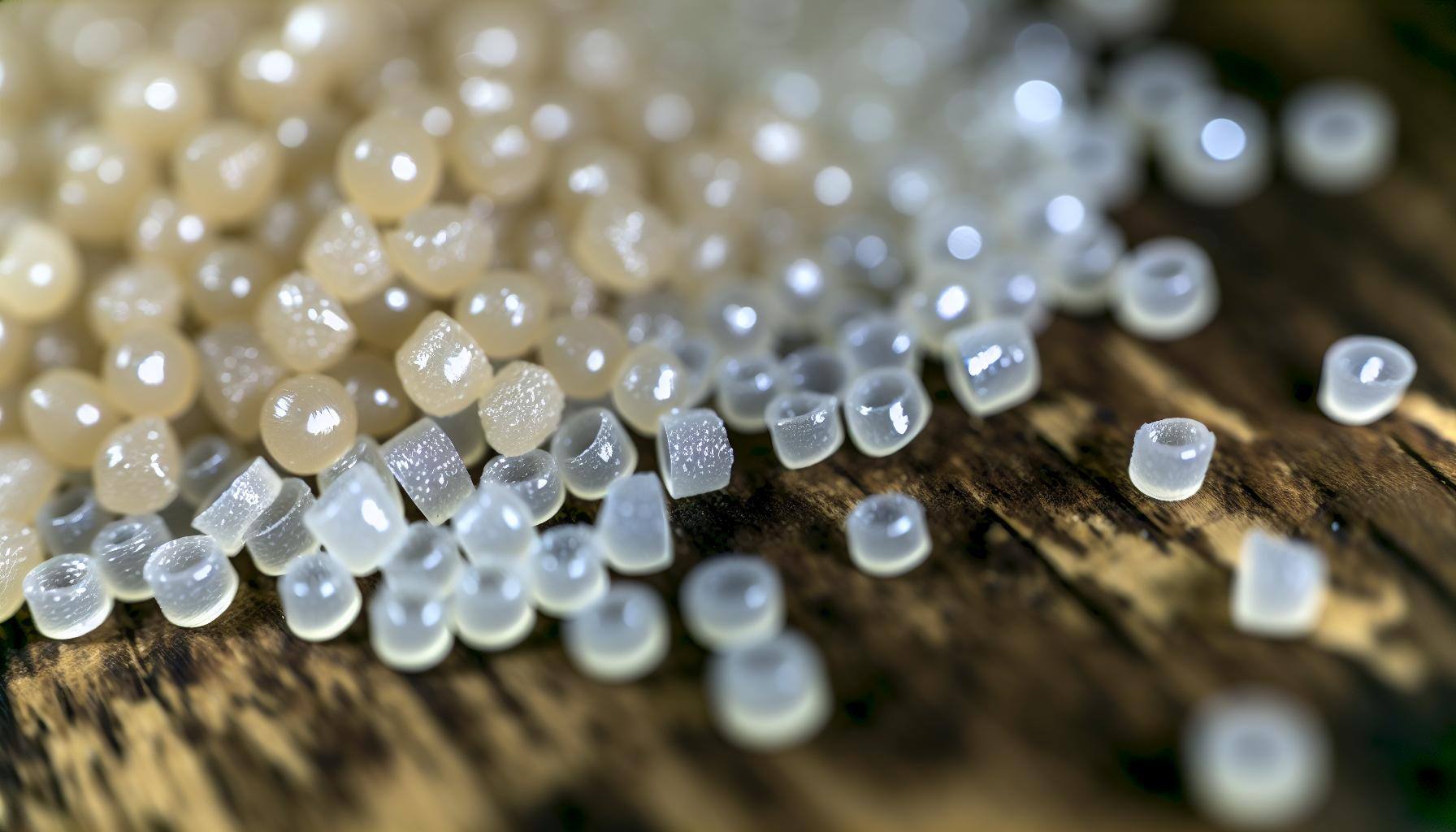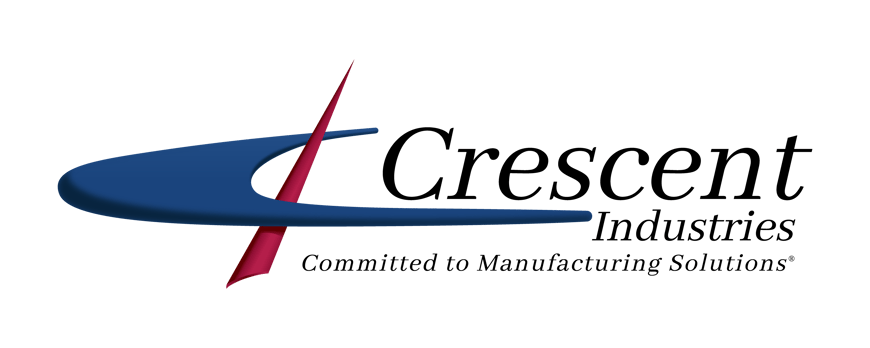
A Guide to Injection Molding Material Selection for Medical Devices
UPDATED May 2024
Plastic medical products have revolutionized and improved the quality of patient management globally, but not all materials are created equal. Choosing suitable plastic materials for your medical device manufacturing is essential, as it impacts the success and safety of your final product.
Join us as we explore different types of medical-grade plastics and the critical factors in injection molding material selection.
The Importance of Materials in Medical Applications
With the rapid advancements in healthcare, plastic has emerged as the favored material for prototyping crucial medical components:
- The material’s inherent versatility, durability, and resistance are ideal for crafting medical devices and pharmaceutical packaging.
- Plastic's unique compatibility with imaging technologies allows for accurate diagnostics.
- Devices made from medical-grade plastic offer abrasion resistance and are easily sterilized, reducing the risk of contamination or infection.
- Plastic is adaptable, ensuring that devices meet evolving healthcare needs and empowering the creation of cutting-edge equipment with enhanced capabilities.
- Medical-grade plastic material is accessible and cost-effective, enabling large-scale production to address healthcare shortages.
Different Types of Medical-Grade Plastics
Plastics, also known as polymers, consist of repeating monomers forming homopolymers or copolymers. These materials are arranged into linear or branched polymers, resulting in diverse plastics with unique features.
Medical injection molding utilizes various types of plastic materials. Thermoplastics and thermosetting materials are prominent in this field. Thermosetting plastics have high melting points, chemical resistance, and mechanical strength due to the strong covalent bonds between polymer strands. However, these covalent linkages cannot reform once broken, resulting in permanent deformation. These properties make thermosetting plastics useful as adhesives and protective coatings.
Thermoplastics also feature weaker intermolecular forces, allowing them to melt and reform multiple times without permanent alteration. The material’s versatility and ability to withstand the remolding processes make it ideal for medical device plastic injection molding.
Some notable thermoplastics you may encounter in your injection molding journey include the following.
Polyethylene (PE)
PE consists of ethylene monomer units linked through addition polymerization. Its variants offer distinct mechanical properties suited for various applications:
- HDPE (high-density polyethylene): Moisture-resistant and rigid, ideal for solid pharmaceutical products
- LDPE (low-density polyethylene): A flexible and translucent plastic used in squeezable bottles and medical tubing
- UHMW (ultrahigh molecular weight): Renowned for high-performance applications like orthopedic implants due to wear resistance
Polypropylene (PP)
Polypropylene is derived from substituting the ethylene monomer with a methyl group (CH3). It is harder than PE and offers better resistance to moisture and gases, so it's suitable for storing fluid drugs. PP is also autoclavable and chemically robust, expanding its utility for storing sterile drug products.
Polystyrene (PS)
This polymer emerges from substituting the hydrogen in PE with a benzene ring. PS has two main forms:
- An opaque impact-absorbing foam with excellent dimensional stability and impact strength, utilized in food and vaccine packaging
- Transparent crystal PS, found in disposable cups and plastic jars
Polyvinyl Chloride (PVC)
PVC is derived from substituting a hydrogen atom with chlorine in the ethylene monomers, which reduces its reactivity to nonpolar liquids. It is also transparent and flexible, making it a strong choice for storing glucose and saline solutions.
Polychlorotrifluoroethylene (PCTFE)
PCTFE is derived from replacing all remaining hydrogen atoms on the monomers with fluorine. The resulting material is ideal for pharmaceutical packaging thanks to its excellent strength, impact resistance, and moisture resistance.
Polyetheretherketone (PEEK)
PEEK is celebrated for its unique biomimetic qualities and fatigue resistance. It's commonly used for orthopedic implants and prosthetics.
Factors Influencing Material Selection for Medical Devices
Selecting the right materials for your medical devices is critical for determining the final product’s performance, safety, and efficacy. Here are a few key factors guiding the intricate injection molding material selection process.
Biocompatibility and Sterilization Requirements
Biocompatibility involves assessing how materials interact with living tissues. Medical devices often come into direct and prolonged contact with bodily fluids or tissues, making biocompatibility a top priority.
Industry standards are essential guidelines that ensure end-users are safeguarded from undue risks associated with medical molded products. Regulatory bodies like the EU MDR (Medical Device Regulation) and the U.S. FDA (Food and Drug Administration) categorize medical devices into three classes, each correlating with a distinct level of risk. They include:
- Class I: Low-risk medical devices that aren’t intended to support or sustain life. They include hospital beds, housings for electrical components, glasses, and test tubes.
- Class II: Moderate to relatively high-risk devices like syringes, pregnancy tests, and contact lenses.
- Class III: High-risk devices that sustain or support life, like pacemakers and implanted prostheses.
To adhere to these tight tolerances and standards, injection molders must implement rigorous procedures at every production stage. Some of these standards include:
- ISO 13485 – Medical Devices: ISO 13485 outlines the requirements for a quality management system when producing medical-grade products. ISO 13485 ensures injection molding companies like Crescent Industries remain certified. Designers seeking optimal cleanliness can collaborate with injection molders like Crescent Industries, which is equipped with cleanroom molding capabilities.
Sterilization compatibility is also crucial to maintaining the hygiene and safety of medical devices. Injection molded parts must have high heat resistance to withstand various sterilization methods such as autoclaving, gamma radiation, or harsh chemical agents.
Mechanical Properties and Chemical Resistance
The mechanical and chemical attributes of plastics significantly influence the durability and functionality of medical devices. Some important mechanical properties include:
- Hardness: Measures resistance to indentation and determines suitability for intricate designs or load-bearing implants
- Flexibility: Assesses a material's ability to bend without tearing
- Stiffness: Gauges resistance to bending under pressure
- Weight: Influenced by polymer density, weight affects usability in wearable medical products
Thermoplastics can be hard yet highly flexible. They can resist bending but offer excellent tensile strength that protects them from breaking.
Chemical resistance is crucial for devices exposed to cleaning agents and bodily fluids, ensuring longevity and reliability. Understanding and utilizing these properties to their best advantage is essential for maximizing device performance in medical applications.
Aesthetics and Usability Concerns
Medical device aesthetics and usability contribute significantly to patient experience and acceptance. Visible prosthetics benefit from appealing, durable molding materials like colorable polycarbonate.
Usability involves factors like handling ease and comfort. Silicone, prized for flexibility and skin comfort, is common in wearable medical devices. Plastic mold technology provides the design flexibility to create intricate and ergonomic designs, enhancing the overall usability of medical devices.
Get Quality, Speed, and Value in Medical Injection Molding at Crescent Industries
Medical-grade plastics like polyethylene, polypropylene, PVC, polystyrene, and silicone offer exceptional durability and biocompatibility. Understanding these properties and the material standards for each ensures you produce durable, reliable devices.
As your partner, Crescent Industries can provide expertise in injection molding manufacturing and uphold ISO standards, ensuring high-quality medical plastic products. Contact us for unparalleled quality, speed, and value in medical injection molding.
Related Articles
-
Mar 19, 2025
Top 6 Advantages of Injection Molding for Your Project
Read MoreInjection molding — the process of injecting molten resin into a mold — is one of the most...
-
Mar 17, 2025
Labware & Diagnostic Injection Mold Building and Molding
Read MoreMedical device molding requires much higher levels of precision injection molding and tolerance...
-
Feb 19, 2025
Injection Molding vs CNC Machining: Which Method to Choose?
Read MoreEvery year, humans produce and use countless plastic products in various shapes, sizes, and...

